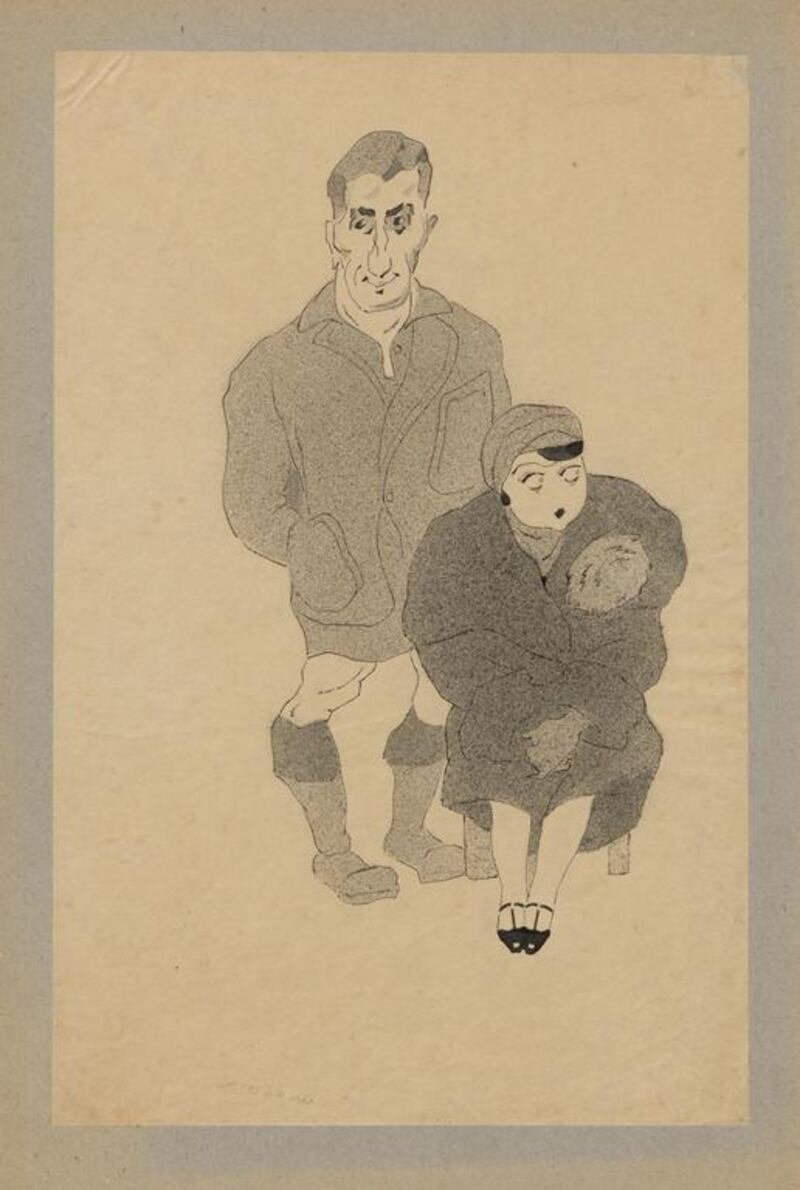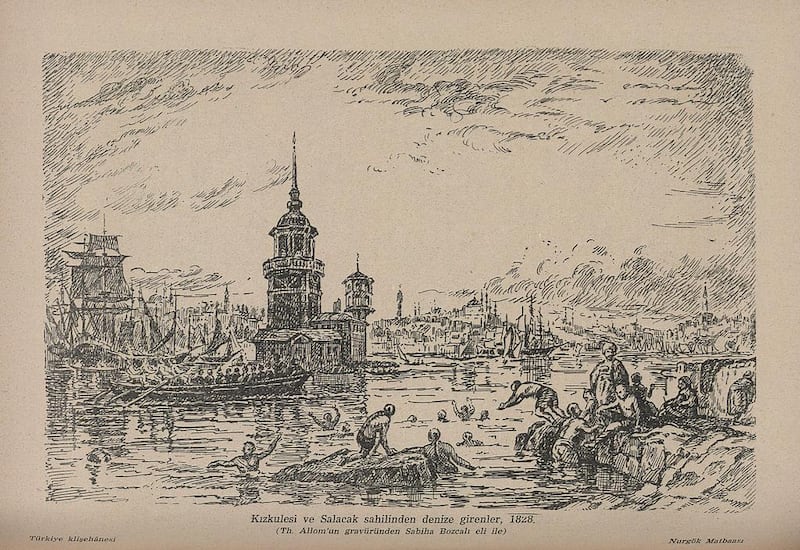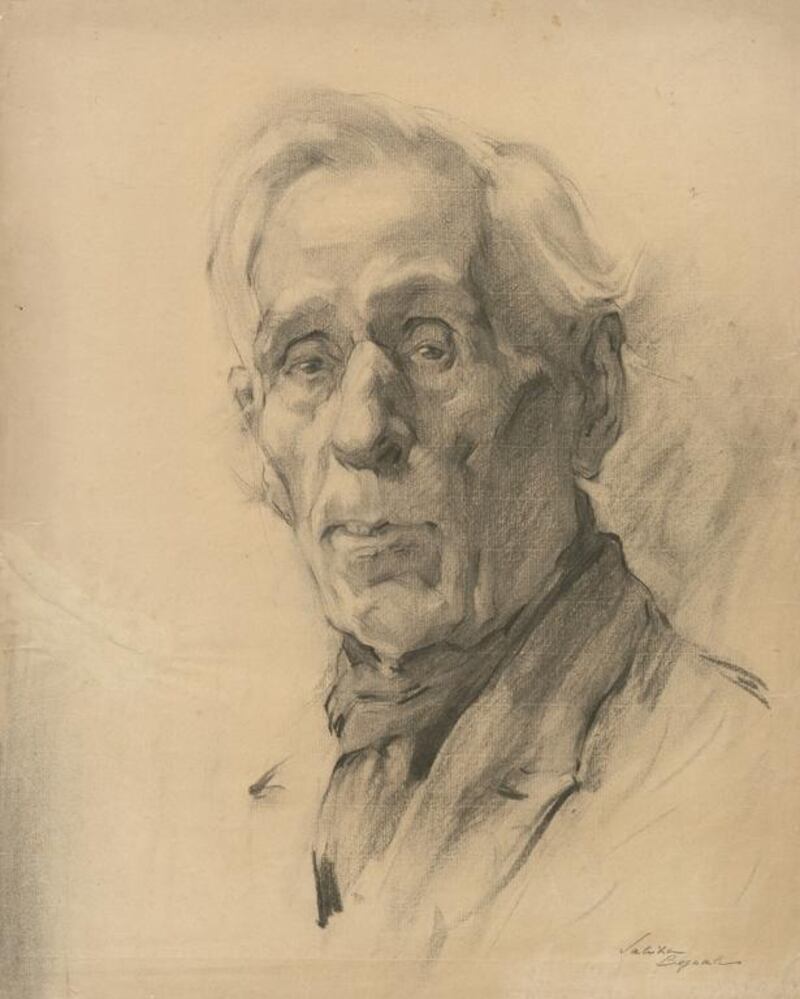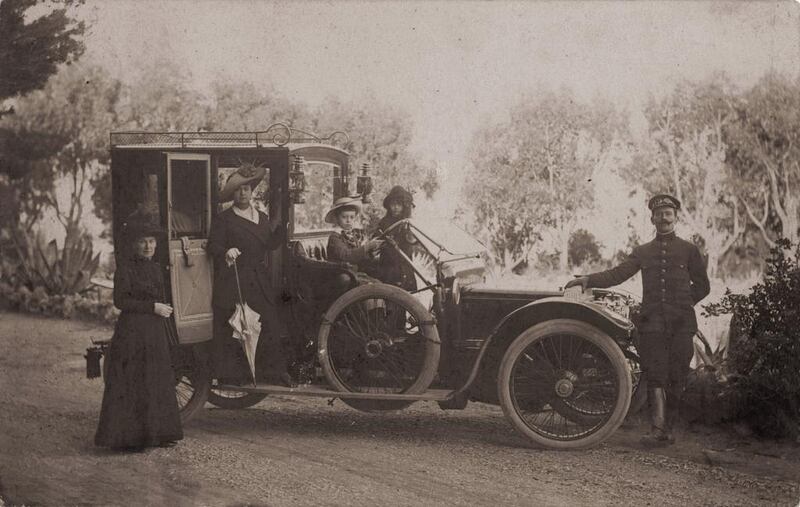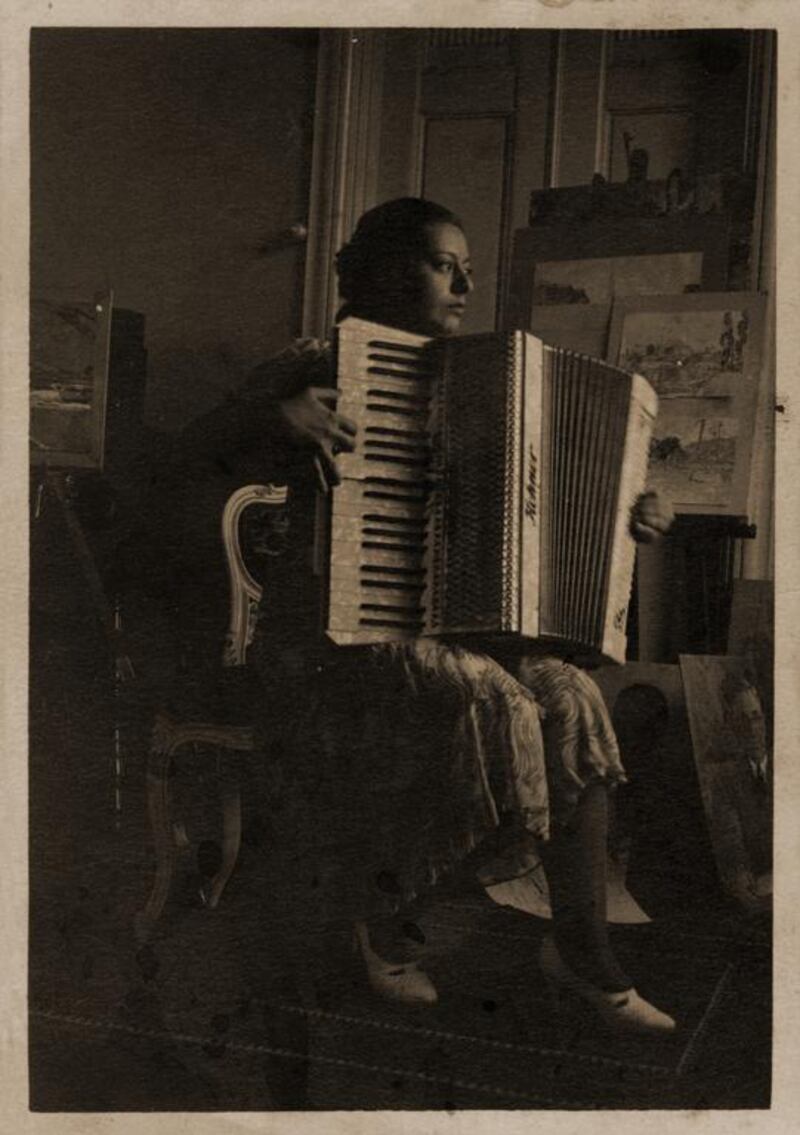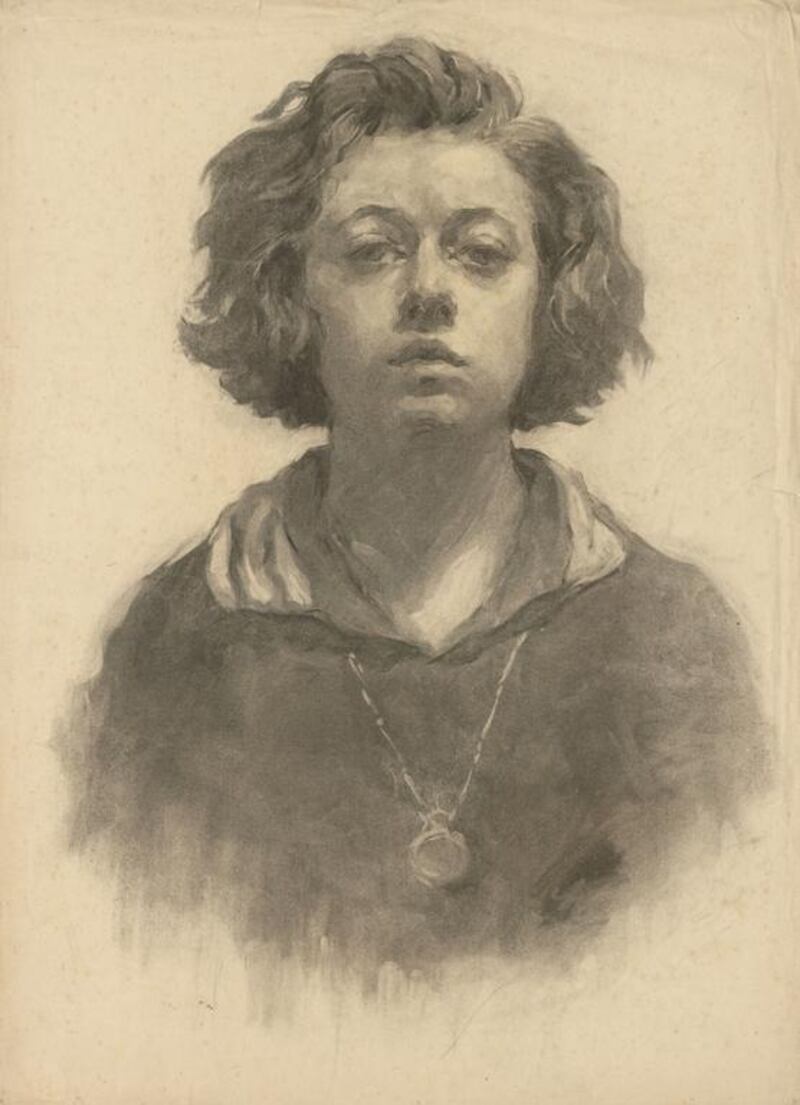In his profoundly personal portrait of Istanbul, the city of his lifelong residence and birth, the Nobel Prize winning author Orhan Pamuk writes at length about his debt to Resat Ekrem Koçu, a journalist and popular historian who dedicated his career to recounting “strange stories, oddities, historical and encyclopedic minutiae” from the city’s present as well as its past.
The stories, entitled "Strange and Curious Facts from our History" were originally published as four-page inserts in the newspaper Cumhuriyet and often focused on the popular but gruesome tales of the city's Ottoman torturers and executioners.
"There was some pleasure," Pamuk explains in Istanbul: Memories and the City, "in thinking of the history of Istanbul as a gallery of death, torture and horror, illustrated in shadowy black and white."
While Pamuk describes Koçu’s repeated and ultimately doomed attempts to collate these stories into an Istanbul Encyclopedia, the first to be dedicated to a single city, he makes no mention of the artists responsible for illustrating Koçu’s often graphic and salacious tales.
The historian Lorans Tanatar Baruh hopes that this oversight will be remedied by Painter Sabiha Rustutu Bozcali, the new exhibition that she has helped to organise at Istanbul's Salt Galata. "There are some articles but her life is not well studied," Baruh explains. "She followed the classical tradition, more or less, for the whole of her life so this may have made her work less interesting to art historians but even today her early life seems exceptional. She was the first female illustrator to emerge in a very masculine world."
A pioneering female artist whose remarkable life and career spanned the fields of fine art, illustration and design, Bozcali (1904 – 1998) was a product of the Ottoman establishment who nevertheless managed to bridge the worlds of international contemporary art and the new, Kemalist Turkish republic.
Born into a privileged diplomatic family – her father was an admiral and her two grandfathers served as the minister of the interior and minister of the navy – Boz cali started painting at the age of 5 and, with her mother’s encouragement, received instruction from the painter and museum director Ali Sami Boyar.
At the age of 15, Bozcali went on a painting tour of Egypt before travelling to Berlin, Munich, Paris and Rome where she studied in the studios of painters such as Lovis Corinth, Moritz Heymann, Karl Caspar, Paul Signac and the Surrealist Giorgio de Chirico.
Despite being one of several female students to attend the State Academy of Fine Arts in Istanbul, Bozcali was the only woman to continue working as an artist after her graduation; 10 years later she continued to be a pioneer, when she became the first female artist to record the impact of the modernisation efforts made by the republic as part of the government- organised Yurt Gezileri (“Trips to Homeland”) arts programme.
It was during this time that Bozcali also started to illustrate Koçu's historical features for Cumhuriyet as well as the later entries for his Istanbul Encyclopedia, one of which appears in the Salt Galata show alongside family photographs, letters and postcards as well as examples of Bozcali's paintings, illustrations and design work, the bulk of which were donated to Salt by the artist's family in 2014.
Nick Leech is a features writer at The National
